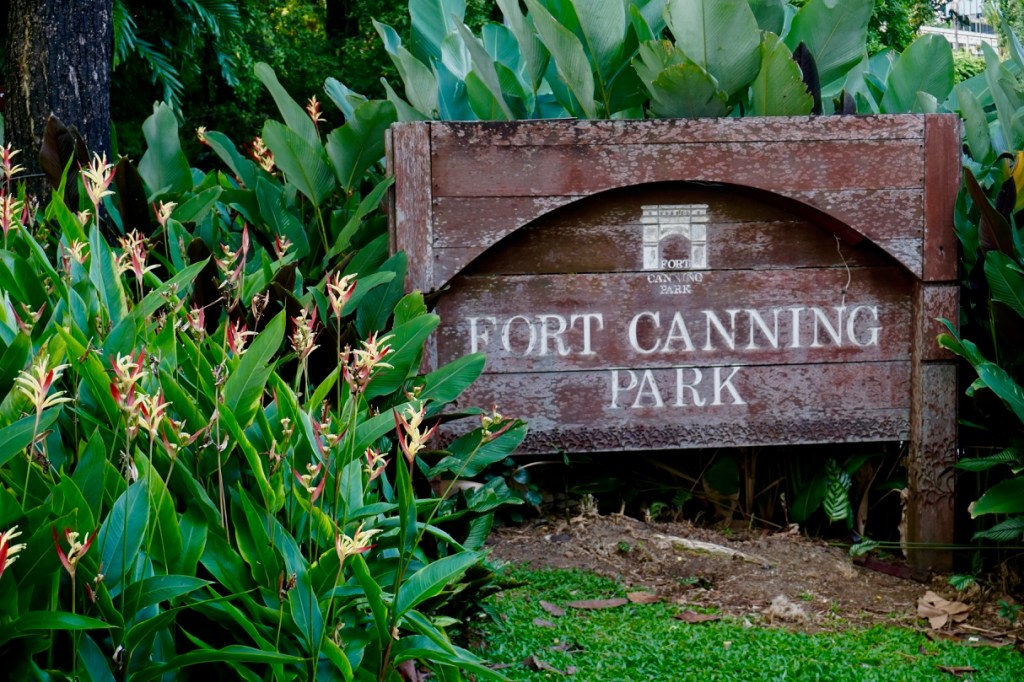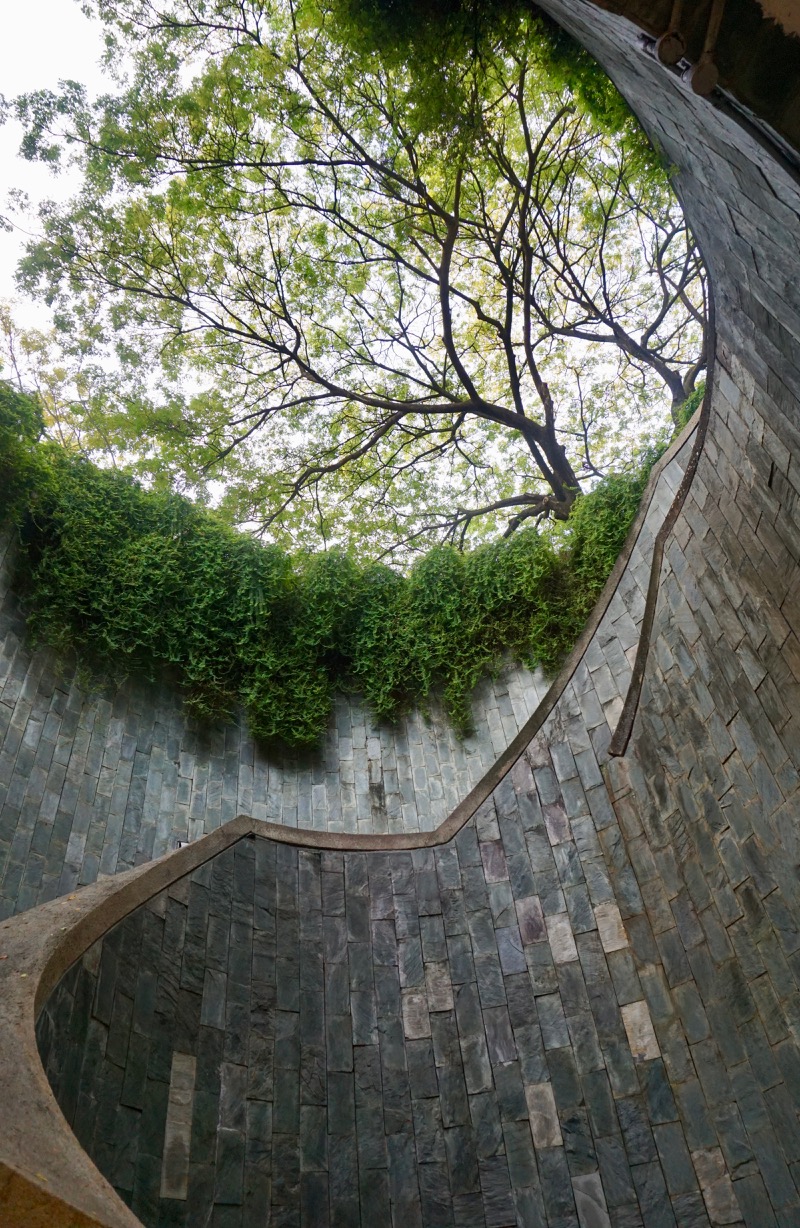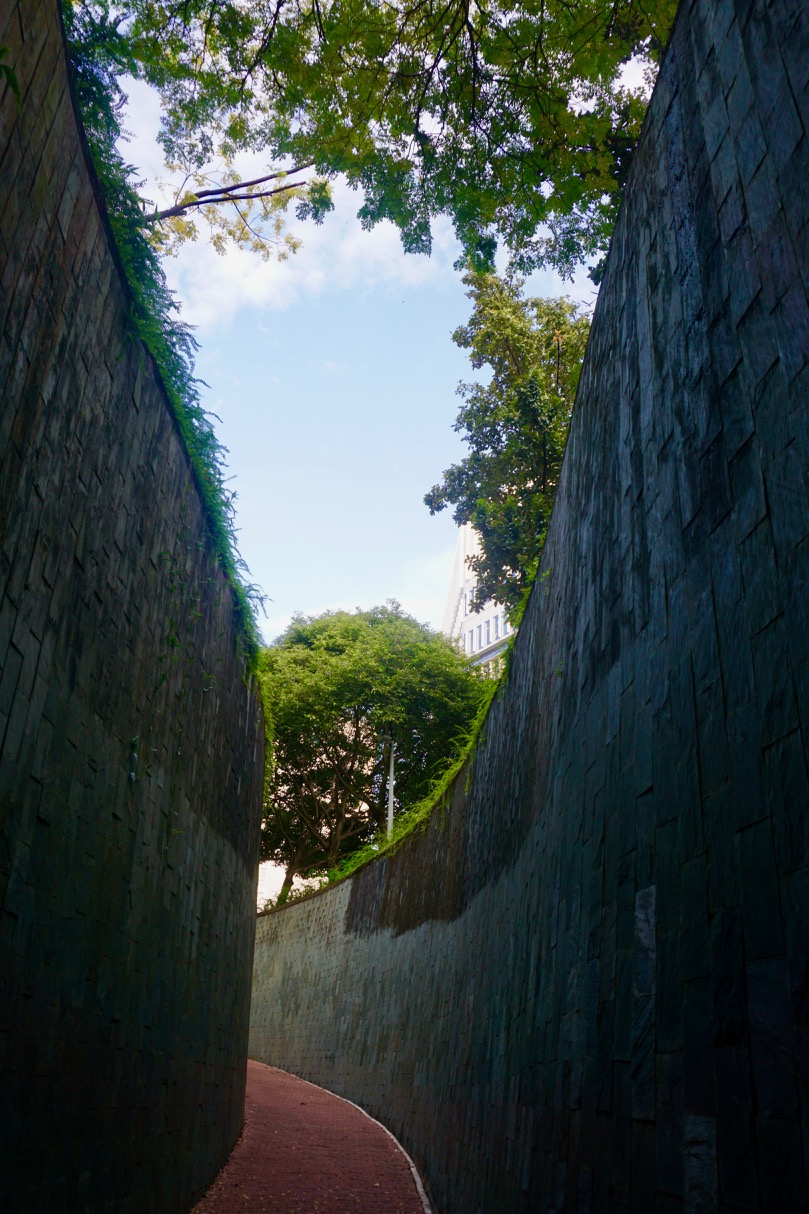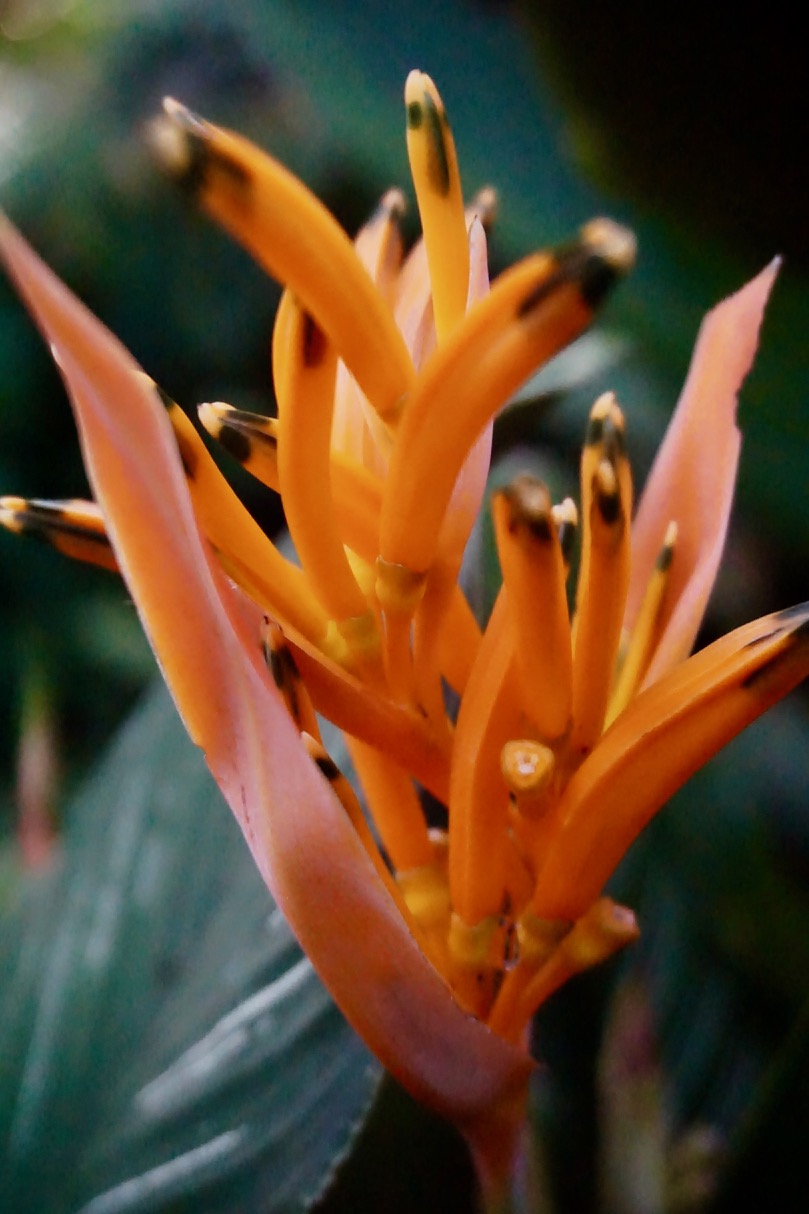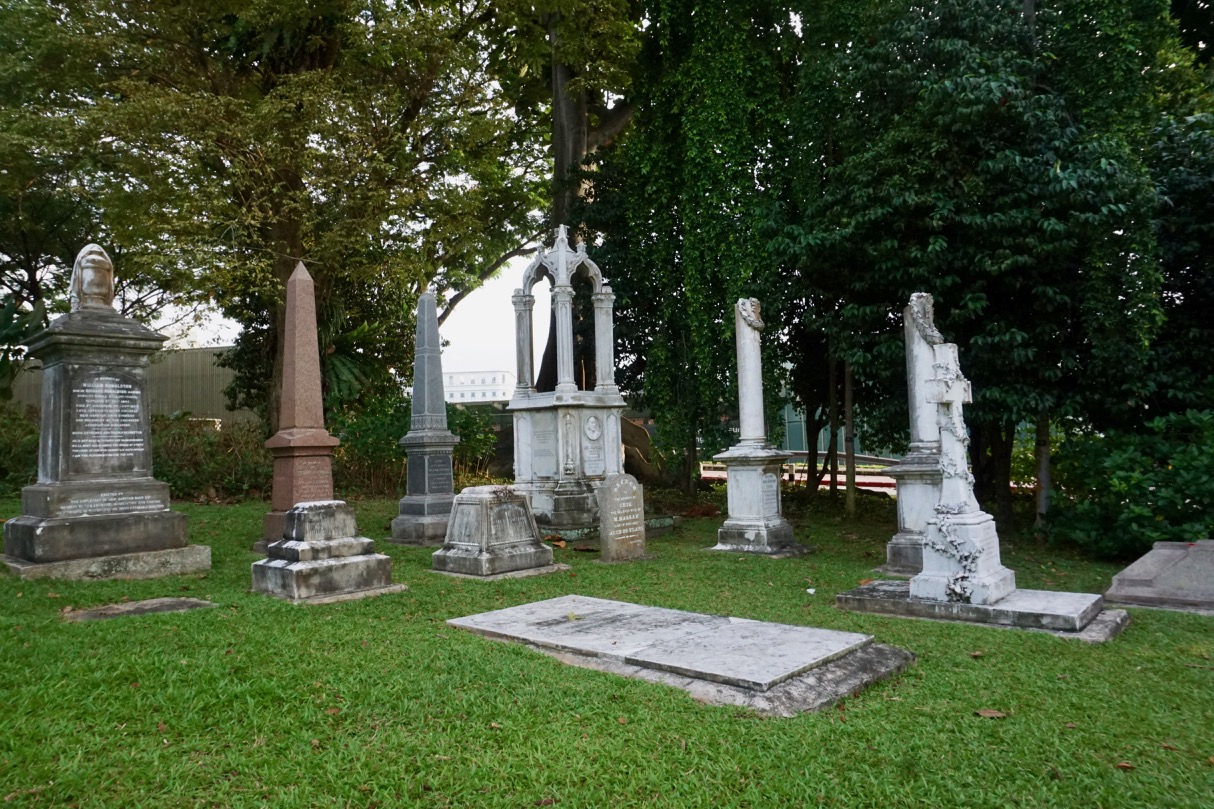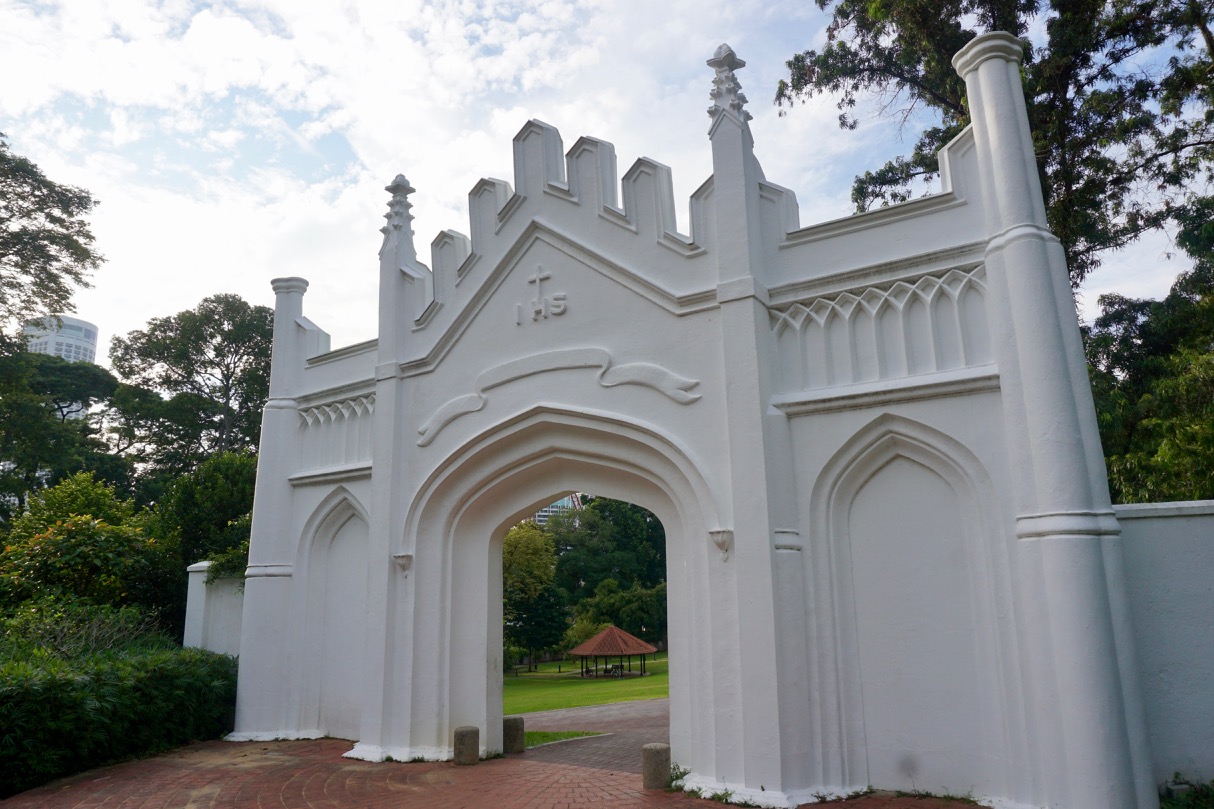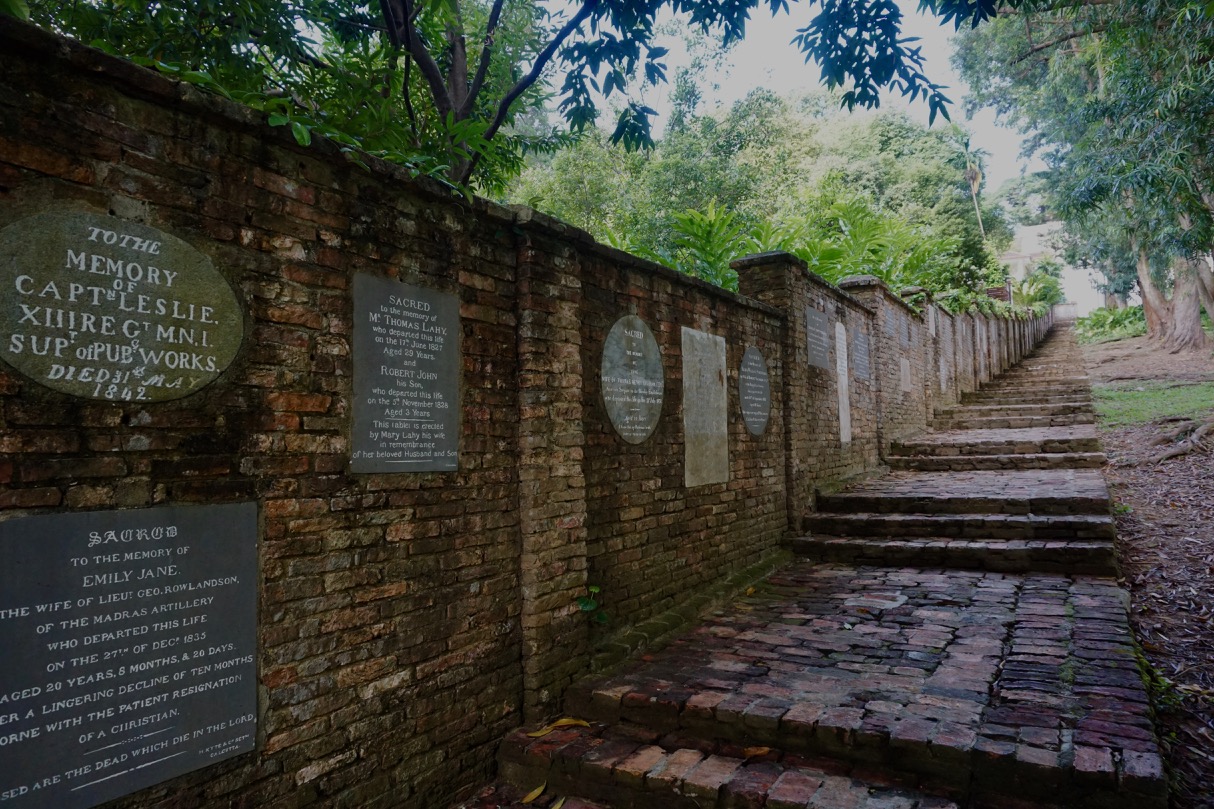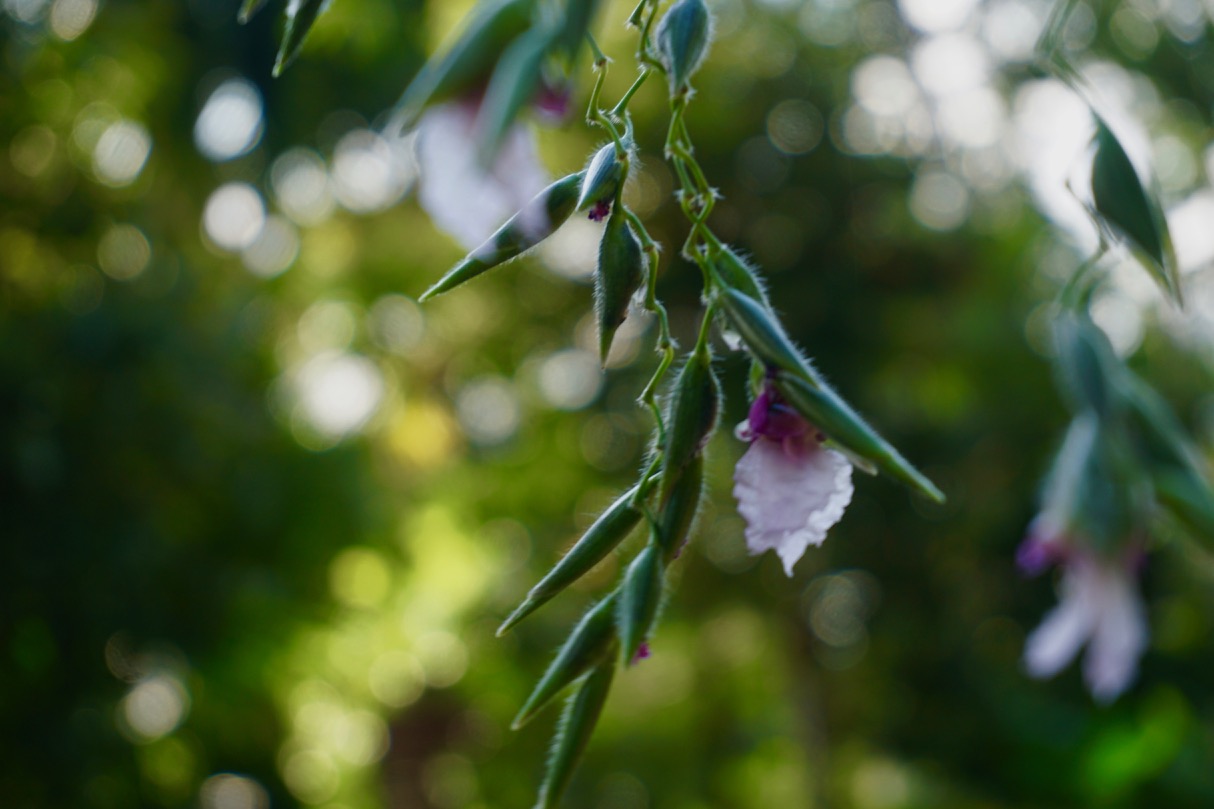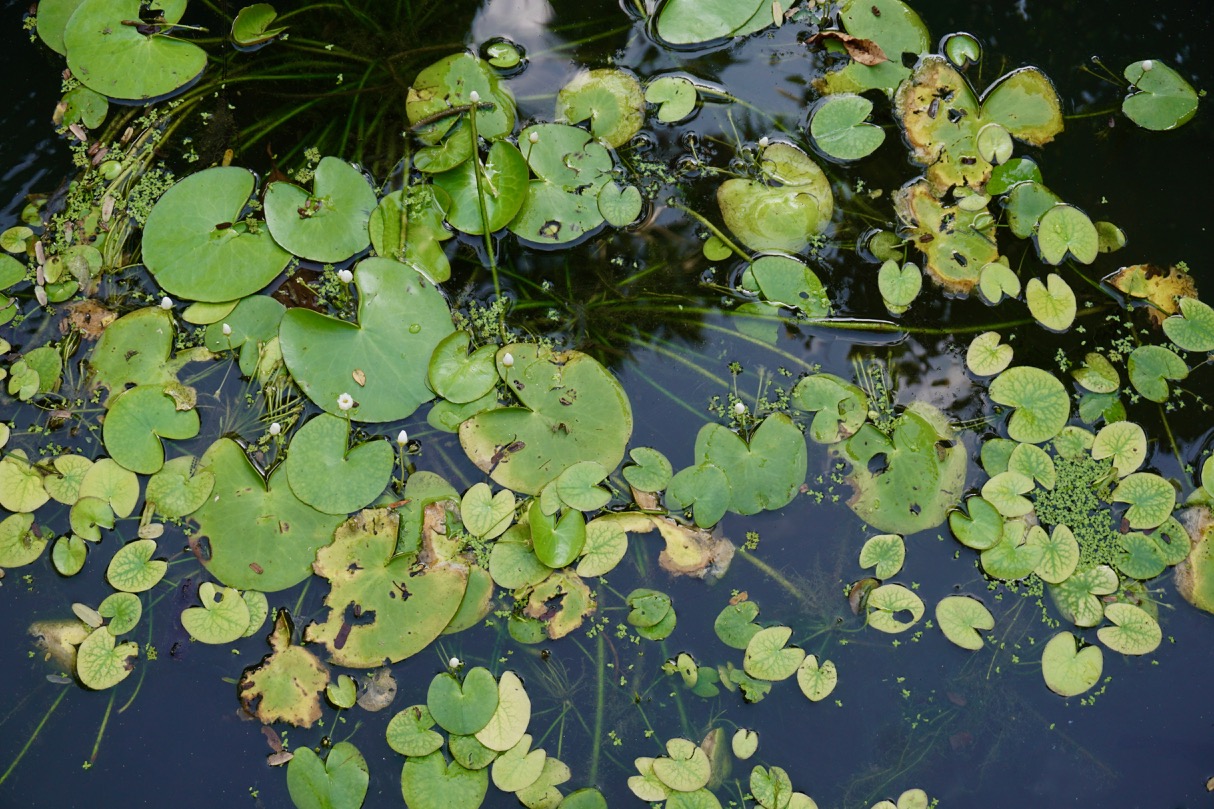It has been almost a week since I’ve been home, a week since I left home to come home, a phenomenon that remains strange no matter how many times the scenario plays out. I cried in the airport and then, just hours later, comfortably walked the streets of a town that, a year ago, I was just beginning to know.
Time flies.
Laughing recently over a tale of people who remained in place and those who have come to them, I wonder about the point at which we begin to put down roots. “I’ve nested,” a couple people commented recently about apartments they don’t plan to leave. If plants in pots and frames on walls are nesting, I’ve managed both with varying degrees of success, but I wouldn’t quite call that roots. There’s a difference between being in a place and being part of a place.
After watering a garden plot earlier this week, we talked about what to do differently in the garden next year, how to make a few suggestions for improvement. To invest time and energy into something and wanting to see it to completion takes exactly that – time and energy. And this means doing more than being in a place in which time just passes by. To be part of a place means to leave a bit of oneself there, to have contributed in a way that creates an impression, to be involved in ways that connect us to others so that we build something together.
Perhaps this is what it means to lay down roots, something I’ve thus far shied away from. In the case of this garden, however, I’d like to stay to watch it grow. I’d like to feel my hands in the dirt, to smell the tomato vines in the greenhouse, to prepare a meal with produce that comes from right there. These things take time and for once, I’m in no hurry. This year I’ve watched the garden grow and next year, I’d like to help plant it.
After two planes, two trains, and a bus, it was a lovely feeling to relinquish my suitcase to careful hands, to walk along paths that changed in my time away, to laugh about what had transpired in just a short while. “Welcome home,” you said, and I was.




